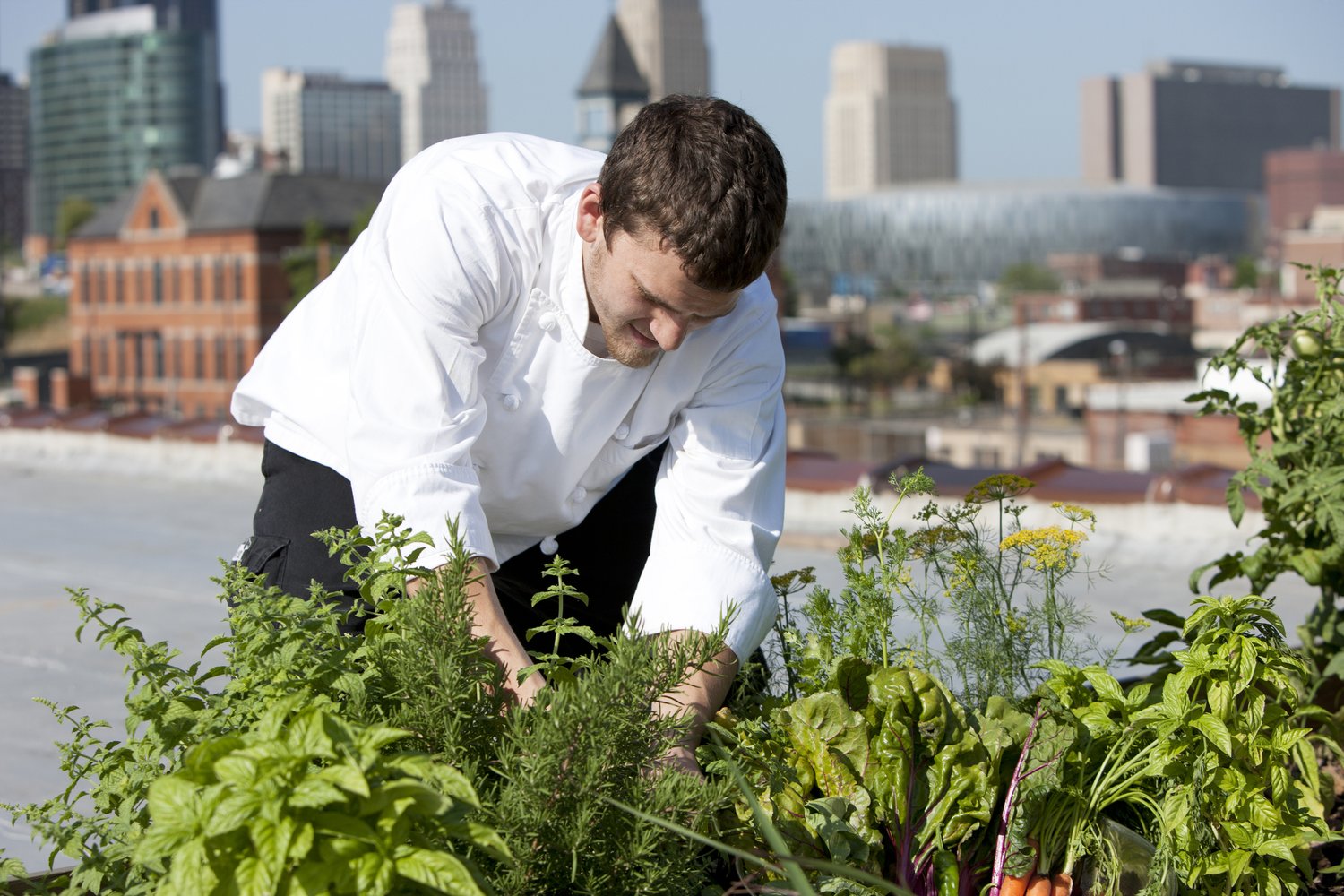The 8-Second Trick For City Blooming
The 8-Second Trick For City Blooming
Blog Article
The Main Principles Of City Blooming
Table of ContentsGetting The City Blooming To WorkExcitement About City BloomingCity Blooming - TruthsSome Known Details About City Blooming Fascination About City Blooming
Intrigued in expanding food for sale in the City of Chicago? Below is a checklist of regularly asked questions relating to the rules and policies that growers need to take into consideration when preparing an urban agriculture project.
The zoning amendment does not customize any type of other codes dealing with composting, building licenses, acquiring or leasing City had home, service licenses or environmental contamination. There are existing codes that control these problems and they continue to be in full effect and may be applicable to your project. Area yards are commonly possessed or handled by public entities, public organizations or community-based organizations and maintained by volunteers.
Urban farms expand food that is meant to be marketed, either on a nonprofit or for-profit basis. Due to their commercial function, metropolitan ranches require a service license.
The smart Trick of City Blooming That Nobody is Discussing
The quantity of garden compost product can not surpass 25 cubic backyards at any given time according to the requirements in 7-28-715 of the City's Municipal Code. Because the soil at most new garden sites requires amending, garden compost, soil, timber chips, or various other materials can be acquired to create or boost the expanding area.

If a structure permit is needed after that the hoophouse will certainly be taken into consideration an accessory building. You can discover even more about the building authorization needs by getting in touch with the Department of Buildings. The 25,000-square-foot dimension limitation is intended to stop a solitary area garden from dominating an offered block or diminishing the block's existing domestic or business character.
The limit does not use to yards found in Public Open Space (POS) areas. Can there be more than one neighborhood garden that is 25,000 square feet on a solitary block? Fence is not called for, nonetheless, gardens that have huge car parking areas may be needed to mount secure fencing or other landscape design features.
How City Blooming can Save You Time, Stress, and Money.
B1 & B2 areas call for that all business use activities be performed inside. R areas limit commercial task. The policies mirror the purpose and intent of the Zoning Code. Is secure fencing required for city ranches? Yes. Fencings may be called for, together with landscape design and testing, for specific car park areas and exterior job or storage space locations relying on place and the particular activity happening.
Yes. Urban farms call for building licenses and zoning authorizations before construction. Other types of city evaluation may be called for depending on certain structures, tasks, dimension, landscaping, licensing, public heath and stormwater monitoring concerns. Many of these needs are recognized in the job layout or allowing process, however, the applicant may be liable to individually identify specific licenses or permits that might be called for.
Yes. The type of certificate is established by what is occurring at the site. The Division of Business Affairs and Consumer Defense can help establish the certain sort of organization license that's called for. Yes. Off street car parking is required for a lot of commercial jobs in Chicago. The required variety of car park rooms is based on the number of staff members working on website and not Click This Link the square footage of the growing room.
What Does City Blooming Mean?

Yes. An urban farm can offer compost product generated on site, nonetheless, the procedure must adhere to the laws in 7-28-715 of the Chicago Municipal Code. Yes. Aquaponic systems are enabled indoors on city ranches in several zoning areas. Nonetheless, a zoning evaluation and structure permit is required in order to install structures or systems and an organization license is called for as described above.
Approximately five hives or colonies of honey may be kept as an accessory usage. Nonetheless, beekeepers have to sign up with the Illinois Department of Farming. To find out more about the proposed zoning amendment you may speak to the Division of Housing and Economic Advancement, Bureau of Preparation and Zoning at 312.744.8563.
Farming in cities and urban locations A city farm in Chicago. Urban farming describes different techniques of cultivating. https://www.gaiaonline.com/profiles/cityblooming/46731693/, processing, and distributing food in city areas. The term likewise puts on the area activities of animal husbandry, aquaculture, beekeeping, and cultivation in a city context. Urban farming is identified from peri-urban agriculture, which occurs in rural areas at the side of suburban areas.
The Best Strategy To Use For City Blooming
, that look for to develop social networks started on a shared ethos of nature and community holism. These networks can develop by method of formal institutional support, coming to be incorporated into neighborhood community planning as a "transition community" movement for lasting urban advancement.
Some of the first proof of metropolitan agriculture comes from Mesopotamia.
Report this page